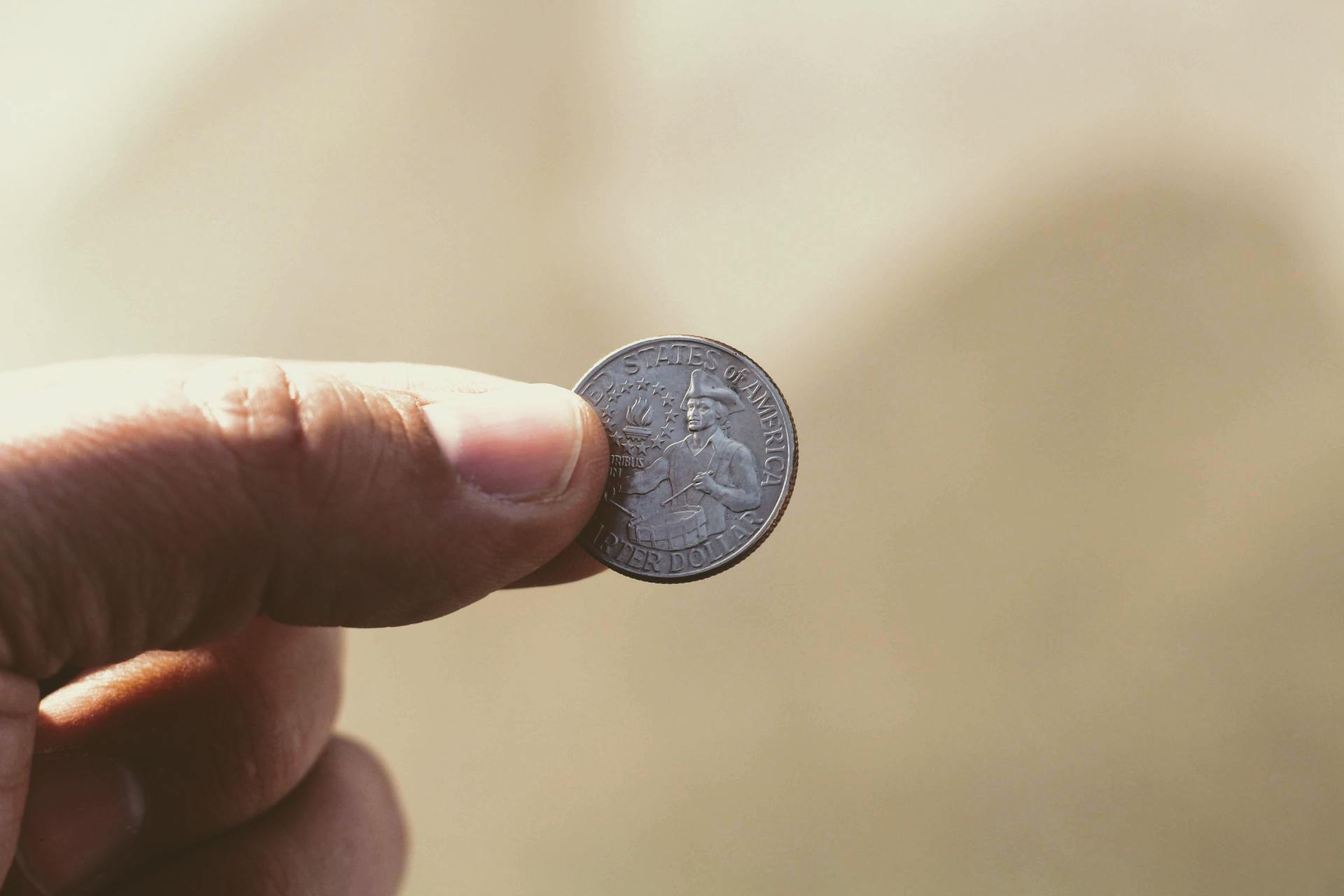The Origins Of Gold And Platinum
September 10, 2020
How Did Gold And Silver Become So Valuable?
There have been some truly astounding discoveries made recently advancing the field of Cosmology (the study of the origins of the universe), adding to the body of our scientific knowledge, and uncovering some of the inner working of the universe. As it turns out, it took space exploration to uncover the origins of Gold and Platinum.
Images provided to the scientific community, (now available to everyone via the internet) by HST, the Hubble Space Telescope, are greatly advancing our understanding of the formation of the universe. Launched in 1990 and orbiting 400 miles above the Earth the telescope's view is not impeded by the miles of atmosphere, light must pass through to get to any Earth based telescopes. HST no doubt will go down in history as one of NASA's greatest accomplishments. Its inauspicious beginnings, when faulty manufacturing left the main lens out of focus, were eventually corrected by shuttle missions in 1993 and 1999 in the most ambitious repair missions ever attempted in space. Since the successful visit from the optometrist, HST has provided astounding detailed images farther back in time than we have ever seen. HST also focused on the formation of stars and galaxies and it is in stars that gold is formed not here on Earth.
Observing stars is certainly nothing new, studying and theorizing about their origins has been going on since the Stone Age, but until the days of Nicolas Copernicus (1473-1543) who realized the Earth could not be the center of the Solar System and the planets had to be orbiting the sun, little was understood about a star's true nature.
It took advancements in our understanding of gravity before stars began to reveal their secrets. Isaac Newton (1642-1727) would advance our grasp on how stars work with the first theories of Gravity and provide a mathematical framework that would last intact until Einstein himself provided the next revisions with the General Theory of Relativity in 1915. Gravity is the key to understanding stars. A violent raging battle between gravity's attempt to crush a star, and the nuclear power trying to blow it apart, are what keep a star burning for billions of years.
It turns out that stars have life cycles, that is they are born, they live and they die. Our local star, the sun, is a small star as stars go. It is a second-generation star having lived at least once before previously having exploded and reformed. It is in the way that stars die that we have come to understand the origins of gold and platinum.
Stars are huge masses of hydrogen gas being crushed by gravity. Our sun
is big enough to hold millions of Earths and burns over 600 million tons of hydrogen every second turning it into helium and releasing enormous amounts of energy in the process. It has been doing this for 4.5 Billion years. Four hydrogen atoms smashed together to produce one helium atom that weighs slightly less than the 4 hydrogen atoms that made it. The leftover mass gets converted into energy in the forms of heat, radiation and light at the rate of Einstein's famous equation E=MC2. Where E is the amount of energy released from the mass M multiplied by C squared where C is the speed of light (186,000 miles per sec). Since the speed of light is such a large number it is easy to see how much energy is released when even the smallest amounts of mass are converted into energy.
When a star begins to run out of nuclear fuel, gravity ultimately begins to win the battle. As stars burn through their hydrogen, gravity begins to crush down the mass of the stars, which getting hotter, fight back by burning progressively heavier elements in a desperate attempt to keep their nuclear fires lit.
How a particular star dies depends upon its mass. Stars are given weight by using our sun as a standard one solar mass star. A star twice the mass of our sun is said to be a 2 solar mass star. The brilliant Nobel Laureate, Subramanyan Chandrasekhar
(1910-1995) for whom the Chandra space telescope (which views the sun in ultraviolet and gamma wavelengths) is named, established the exact mathematics describing the end of stars and their masses.
Our sun, again being a small star, will die first as a red giant engulfing the inner planets before being crushed into a remnant star called a white dwarf. Stars of 1.4 solar masses or more will become neutron stars weighing millions of times the mass of our sun but only being about as big as a large city. Neutron stars are so dense they compress the spaces between neutrons so tightly that one spoonful of a neutron star would weigh hundreds of millions of tons! These neutron stars have a tendency to spin rapidly some clocked at 100's of rotations per second creating energy waves that radiate out into space and are referred to as pulsars.
It is the really massive stars that are also the most violent when they die. Stars of 10 solar masses or more once they have exploded, crush so much mass into so little space, that they actually bend the space and time around them so dramatically that nothing can escape their gravitational pull not even light which is why they are called Black Holes.
When these very massive stars finally end their lives, they do so in an enormous explosion of mass and energy that can be seen across the galaxy. These are the supernovas. It is in the death of these stars with sufficient mass to burn high enough up the periodic chart of elements, that gold and platinum are formed and then blasted out into space when the star explodes. The supernova that occurred during the time of the formation of the Earth deposited the gold now found on our planet. All the gold found on Earth is over 4.5 Billion years old.
Unlike diamonds or oil, which are made terrestrially and are made of other elements, gold is a basic element on the periodic chart. No additional gold will ever be created on Earth itself. Gold is truly extraterrestrial. For any new gold or platinum to be created, a couple of neutron stars would have to collide or another supernova size explosion would have to occur in our galactic neighborhood (another stretch since the distance to even the nearest star is trillions of miles away (4.3 light years).
The Incas weren’t far off when they referred to gold as "tears of the sun". Gold has been used for thousands of years on Earth as a monetary base. It has been crafted into art, jewelry and coins and has always carried the mystique of Ancient Kings.
Now even more so than any time in history, we should truly treasure these remarkable precious metals and thank the stars for giving us these lasting gems of cosmic beauty.



